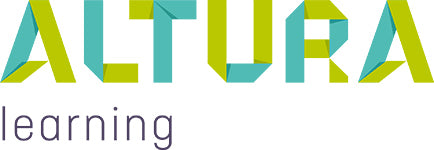Deep Vein Thrombosis

Course Description:
Deep Vein Thrombosis (DVT) is a common and preventable cause of morbidity in older people. If untreated, DVT can lead to serious complications, such as ulcers, phlebitis, pulmonary hypertension or pulmonary embolism (PE), which is a life-threatening condition. ‘Deep Vein Thrombosis’ from Altura Learning outlines what deep vein thrombosis is, explores risk factors and preventative strategies, and explains how staff can respond to signs and symptoms to prevent serious complications.
Whilst individuals of any age, gender or background can develop a blood clot, age increases the risk of developing a blood clot. This is partly because older people are more likely to have health problems that affect blood flow. However, older people also tend to be less active or mobile than younger people. This risk increases for older people living in care homes, who are more likely to develop a blood clot than older people living at home.
This comprehensive course uses clinical animation to demonstrate how a blood clot forms in the body and how it travels to the lung to form a pulmonary embolism. Learners are shown what the common signs and symptoms of both DVT and PE look like, and how to respond appropriately. Management and preventative strategies are also demonstrated, including the use of compression stockings.
Learning Outcomes:
Older people are at higher risk of deep vein thrombosis, which can lead to serious and life-threatening complications. This course will outline what deep vein thrombosis is, explore risk factors and preventative strategies, and explain how staff can respond to signs and symptoms to prevent serious complications.
After completing this course, participants should be able to:
- Define deep vein thrombosis and pulmonary embolism
- Identify risk factors for deep vein thrombosis
- Describe the signs and symptoms of deep vein thrombosis
- Explain what to do if the older person has signs or symptoms of a blood clot
- Describe strategies to reduce the occurrence of a blood clots in older people
Who is this course appropriate for:
This course is appropriate for all Care and Clinical staff
View the trailer below to preview the course:







